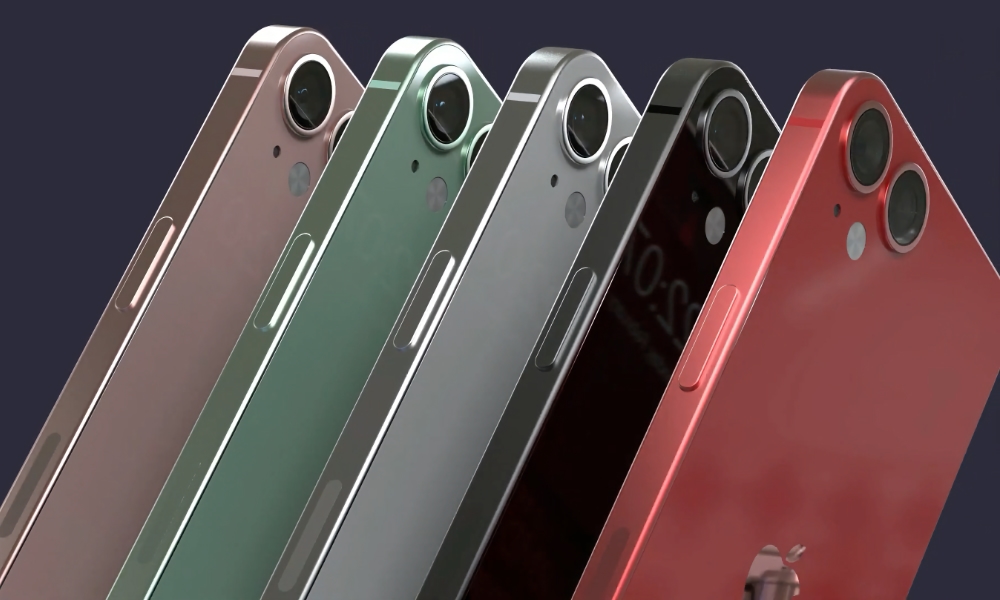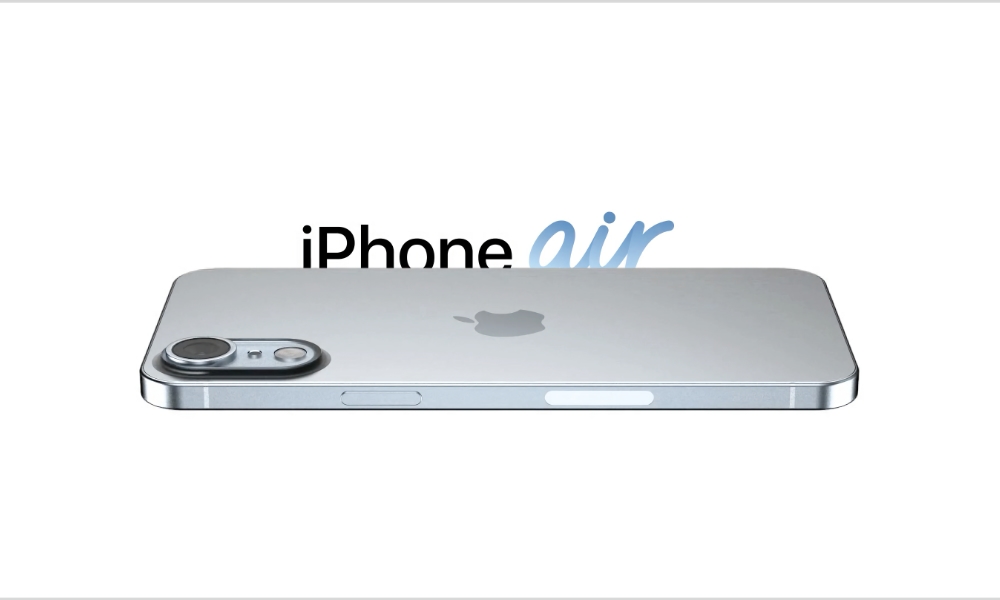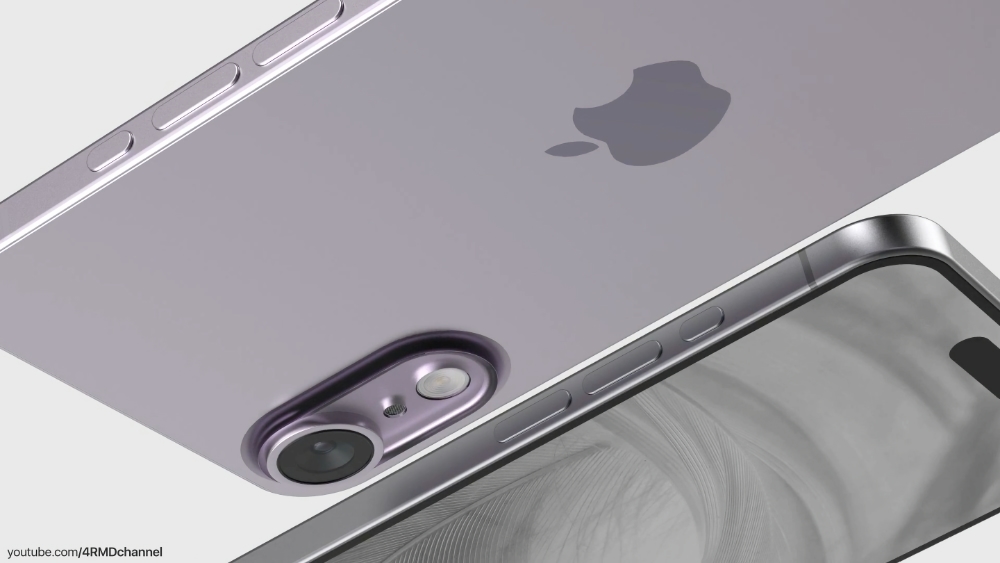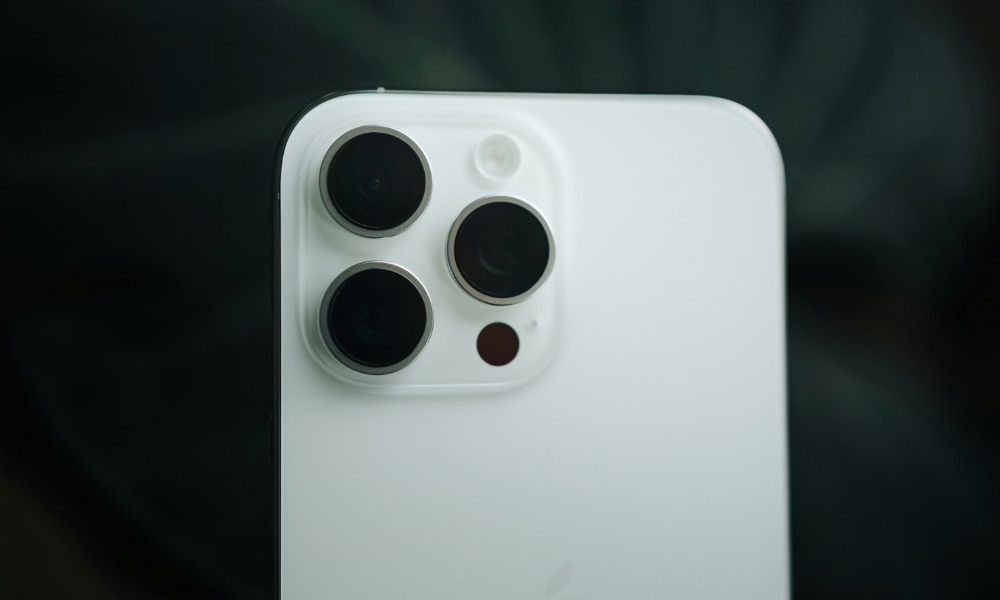Apple Could Shake Up the iPhone 17 Lineup

While we’re still waiting for Apple Intelligence to arrive in iOS 18.1, this year’s iPhone 16 models are already becoming old news, leaving the rumor mill to set their sights on Apple’s plans for next year’s iPhone 17 models.
This week, another analyst has thrown his hat into the ring to corroborate reports that the iPhone 16 Plus has marked the end of Apple’s experiment with plus-sized iPhones. While the iPhone Plus era lasted one generation longer than the beleaguered iPhone mini, by all reports, the larger standard iPhones didn’t sell much better than the smaller ones. It seems that most folks who want to go for the biggest iPhones also want to go for the most powerful ones.
However, that doesn’t mean Apple is about to abandon the fourth column in its iPhone lineup. Instead, it appears the company is about to try something entirely different with a model that could be more about style than substance.
The Slim ‘iPhone 17 Air’

While the jury is out on whether Apple will call it an “iPhone Slim” or an “iPhone Air,” there’s a consensus that what we’ll see in next year’s lineup is a new entry that follows in the footsteps of this year’s “impossibly thin” M4 iPad Pro.
Reports on this mysterious new iPhone 17 model have been circulating for a while, and while nobody has quite nailed down how Apple plans to position it in the lineup — some say it could be a “luxury” product, costlier than the iPhone 17 Pro Max — analyst Jeff Pu of Haitong Securities is adding his weight to the rumored specs, which suggest performance that will parallel the standard iPhone 17 and other features that could be a step back.
For instance, while the “iPhone 17 Slim” will get an A19 chip instead of the A19 Pro expected to come to the iPhone 17 Pro lineup, it’s likely to sport only a single rear camera. That would put it closer to the iPhone SE and mark the first time Apple has released a mainstream iPhone with a single lens since the 2018 iPhone XR.

Nevertheless, there’s evidence that Apple has been paving the way for such a move over the past few years. With the iPhone 14 Pro, Apple pioneered a 48-megapixel sensor that used pixel cropping techniques to provide an optical-quality 2x zoom. It doubled down on that technology in this year’s iPhone 16 lineup by branding it the new “Fusion” camera — a name that’s mostly a marketing spin to emphasize that it’s two cameras in one.
There are indications that Apple could try leveraging that technique with the iPhone SE 4 next year, which is expected to retain its single-lens design. That’s an unusually bold move in an era when even cheaper budget Android phones sport dual-lens systems. Still, there’s little doubt that Apple will use its “Fusion” branding to emphasize how much better it’s single camera is than similarly-priced competitors (and it won’t be entirely wrong about that).
Still, if Apple plans to sell the “iPhone 17 Slim” (or “Air,” or whatever) for a premium price, it’s going to have to do something special to set its camera system apart from the iPhone SE.
Part of that could come from the front camera, which Pu predicts will double the resolution for the first time in years by adopting a 24 MP sensor. Meanwhile, the Fusion camera could take advantage of more powerful photographic processing from the A19 chip and might even gain an improved sensor.
The iPhone 17 Pro Lineup

Meanwhile, Pu predicts that the iPhone 17 Pro lineup will naturally get the same 24 MP front TrueDepth cameras, gain the expected A19 Pro chip, and likely get a bump to 12 GB of RAM. That memory bump would almost certainly be geared toward powering more sophisticated Apple Intelligence features.
The rear cameras could also find themselves finally unified at 48 MP across the board, as the telephoto lens joins this year’s ultrawide in jumping to the higher resolution.
One small but interesting note is that Pu believes the Dynamic Island on the iPhone 17 Pro Max will get narrower — but only on the largest iPhone, for whatever reason. This will be possible thanks to new “metalens” technology for the proximity sensor, which could also help Apple reduce the size of the Face ID sensor in what’s likely the next step toward its mythic under-display camera system.
With none of the iPhone 17 models expected to arrive until September 2025, it’s best to take these reports with a healthy dose of salt. Even if analysts like Pu have an accurate read on what Apple is planning, those plans could change between now and next year.







